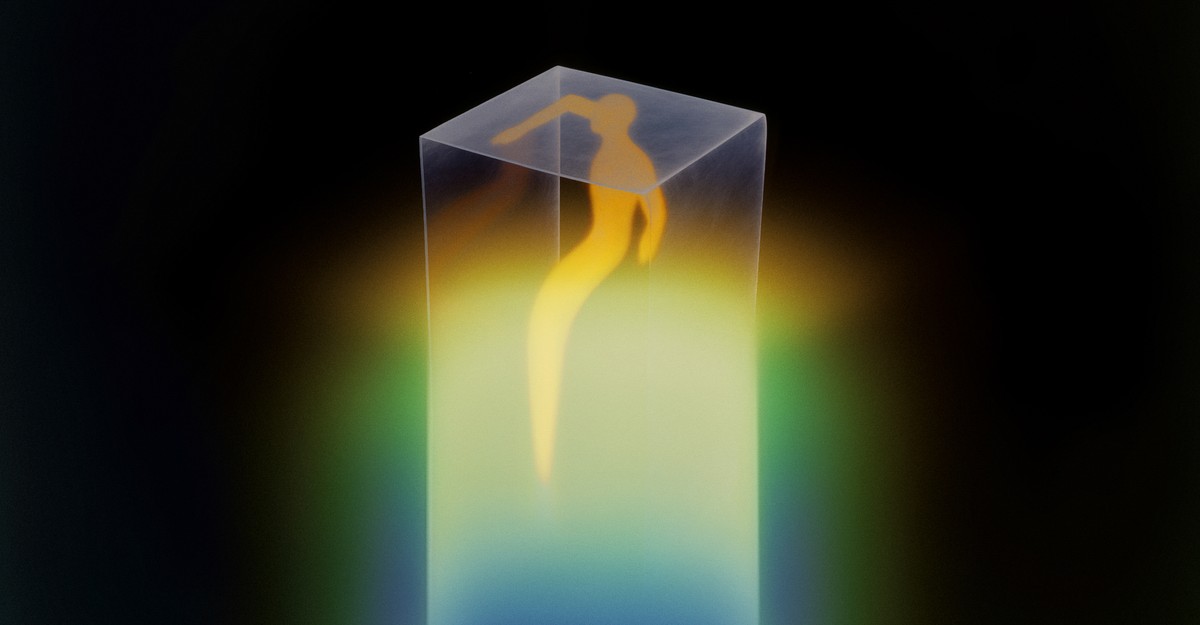Discovering New Colors: A Profound Sensory Experience
Our perception of color is fundamental to how we experience the world. It influences our emotions, our memories, and even our decisions. But what happens when we encounter colors we've never seen before? This isn't a flight of fancy; researchers are actively exploring the boundaries of human color perception and uncovering a world of previously unseen hues. This article delves into the fascinating field of color science and explores the profound sensory experience of discovering new colors.
The Science of Color Perception
Our ability to see color relies on specialized cells in our eyes called cones. These cones detect different wavelengths of light, which our brain interprets as distinct colors. Most people have three types of cones, allowing them to perceive a vast spectrum of colors. However, some individuals possess variations in their cone types, leading to unique color experiences. This variation highlights the inherent subjectivity of color perception – what appears "red" to one person might be subtly different to another.
-
Trichromacy vs. Tetrachromacy: The vast majority of humans are trichromats, meaning they have three types of cones. However, some women are tetrachromats, possessing a fourth type of cone. This allows them to perceive a significantly wider range of colors than trichromats, a truly remarkable sensory experience. Research into tetrachromacy is ongoing, revealing the potential for an expanded color palette beyond our current understanding.
-
Synesthesia and Color: Synesthesia is a neurological condition where stimulation of one sensory pathway leads to automatic, involuntary experiences in a second sensory pathway. Some synesthetes associate specific letters, numbers, or words with particular colors. This suggests that our brain's interpretation of sensory input is far more flexible than previously assumed, and hints at the potential for unlocking new color experiences through neurological pathways.
-
Color and Emotion: The impact of color on our emotions is well-documented. Different colors evoke distinct feelings; blues tend to be calming, while reds can be energizing or even aggressive. Discovering new colors might unlock entirely new emotional responses, enriching our inner landscape.
Beyond the Visible Spectrum: Exploring New Hues
Scientists are continually pushing the boundaries of our color perception through innovative technologies.
-
New Dyes and Pigments: Advances in chemistry are leading to the development of novel dyes and pigments, generating colors that previously lay outside the realm of human experience. These discoveries offer exciting possibilities for artists, designers, and manufacturers.
-
Digital Color Manipulation: Sophisticated software allows for the manipulation of color spaces, creating hues that cannot be reproduced with traditional pigments. This opens up exciting opportunities in digital art, virtual reality, and other digital mediums.
-
Beyond the Visible Light Spectrum: While we typically experience color through visible light, scientists are exploring the potential of extending our color perception beyond this limited spectrum. Infrared and ultraviolet light, invisible to the naked eye, could potentially be harnessed to reveal an expanded visual reality.
The Future of Color Perception
The journey into discovering new colors is far from over. As our understanding of the human visual system deepens, and as technology continues to evolve, the possibilities are limitless. Imagine a future where we can perceive a vastly expanded range of colors, unlocking new forms of artistic expression, enhancing our technological interactions, and enriching our emotional lives. The potential for a profoundly altered sensory experience is truly exciting.
Call to Action: What are your thoughts on the future of color perception? Share your insights and predictions in the comments below. Let's explore the fascinating world of color together!

